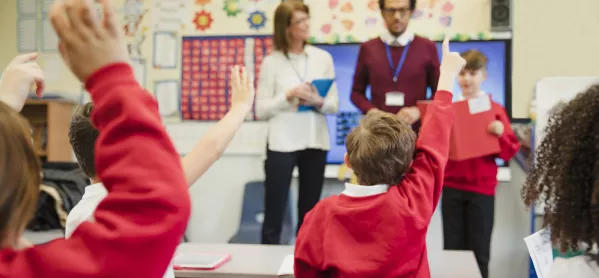The attainment gap between disadvantaged pupils and their wealthier peers could close by 38 per cent at primary level if schools commit to learning from one another, new research has revealed.
A report from the Education Endowment Foundation, released today, found that primary schools could significantly narrow the disadvantage gap if they reached the average attainment of 30 schools with the most similar characteristics and pupil intakes. At secondary level, the gap could close by 6 per cent.
Inequality: Lack of school libraries ‘a social mobility time bomb’
Opinion: Could Bananarama be the answer to social mobility?
Long read: ‘Social mobility’ ignores what really holds pupils back
The EEF relaunched its Families of Schools Database today, a free online database that enables schools to learn more about closing the disadvantage gap. It allows schools to make comparisons with similar schools across the country.
The FFT Education Datalab has placed every school in England into “families” based on factors such as the proportion of pupils eligible for free school meals. The EEF hopes schools will use the data to collaborate with and learn from the most successful schools within their “family”.
Narrowing gap
If schools performed as well as the average in their “family”, the EEF has calculated that the primary disadvantage gap would narrow by 38 per cent, reduced from 18.5 percentage points to 11.4. This would mean that an additional 13,500 disadvantaged 11-year-olds would achieve expected standards in reading, writing and maths.
And at secondary level, the gap would close by 6 per cent, meaning that the average Attainment 8 score for disadvantaged pupils would increase from 38.3 to 40.0.
Sir Kevan Collins, chief executive of the EEF, said: “Across the country, hundreds of schools - of every type, in every kind of community - demonstrate that it is possible to support disadvantaged children to achieve fantastic results. What we need now is to improve the consistency in our system, narrowing the gap between schools and for children.
“Using the EEF’s Families of Schools Database to find other, similar schools achieving more for their disadvantage pupils offers an essential pathway to collaboration.
“Improving the consistency of our system may not sound glamorous, but would make a huge difference. If every primary school raised the attainment of its disadvantaged pupils to at least the average of the other schools in its family, the gap nationally would be reduced by over a third.”





